Description
Problem
Water Volcano? The mixing of the vinegar and baking soda produce a volcano like foam. The answer? The mixing of the vinegar and baking soda produce acid-base reactant. The reaction creates carbon dioxide gas that bubbles up from the mixture.
Materials
- 3 12-inch long metal rods or thick wire: copper, steel, brass, or other metal. Make sure all the wires are the same gauge, or thickness. Why do you making sure the gauge is the same might be an important step?
- 8 identical Styrofoam cups
- Something to boil water in (a pot or kettle)
- Stove
- 4 instant digital thermometers
- Pitcher or other large container that will fit in the refrigerator
- Water
- Notebook and pen
Procedure:
- Fill a pitcher or other large container with water and ice cubes. Allow the water in the pitcher to cool for at least half an hour.
- Bend each metal rod in half two times to make metal bridges. Why do you think we should fold the rod in half twice? Would folding it once produce the same results?
- Place the instant digital thermometers in each of the cups that will hold cold water.
- Have an adult boil some water. Let it cool a bit before use.
- For each pair of cups, pour equal volumes for hot water into the “hot” cup. Be sure the water covers the ends of the bridges.
- For each pair of cups, pour equal volumes of cold water into the “cold” cup. Be sure the water covers the end of the bridges. Why do you think the volumes of water need to be equal?
- Take the initial temperature of the cold water. Record the temperature in a chart listing the time (in minutes) and temperature (in degrees Fahrenheit).
- Record the temperature of each cold water cup every 5 minutes for a total of 30 minutes. Your table should have which set it is (none, copper, steel, brass), time, and boxes to fill in for temperature. Do you think that all of the heat that’s conducted away from the hot cup goes into the cold cup? Why or why not? Hint: sometimes heat doesn’t always go where we want it to!
- Which cup of cold water experienced the greatest change in temperature from the beginning to the end? Calculate this by subtracting the cup’s starting temperature from its final temperature.
- Organize your data with line graphs. On the x-axis, plot time in minutes. On the y-axis, plot temperature difference in degrees. By creating a chart like this, we can see which metal transfers the most heat overall. This also gives us some information about each metal’s conductivity: The steeper the slope, the higher the conductivity.
Results:
Carbon-dioxide and sodium acetate were created while we mix the baking soda with vinegar.
Explanation:
The mixing of the vinegar and baking soda produce acid-base reactant. The reaction creates carbon dioxide gas that bubbles up from the mixture. The gas overflows as it inflates with bubbles. When vinegar and baking soda are first mixed, hydrogen ions of the vinegar reacts with the sodium and bicarbonate ions in the baking soda. The result of this initial reaction is two new chemicals, carbon dioxide and sodium acetate. This creates the bubbles and foam you see when we mix the baking soda and vinegar.
Further investigation:
Feel free to repeat this experiment with other metals! Metals like silver, gold, and aluminum will give you very different results. Just make sure that you keep all of the other conditions of the experiment the same.
Disclaimer and Safety Precautions
Warning is hereby given that not all Project Ideas are appropriate for all individuals or in all circumstances. Implementation of any Science Project Idea should be undertaken only in appropriate settings and with appropriate parental or other supervision. Reading and following the safety precautions of all materials used in a project is the sole responsibility of each individual. For further information, consult your state’s handbook of Science Safety.



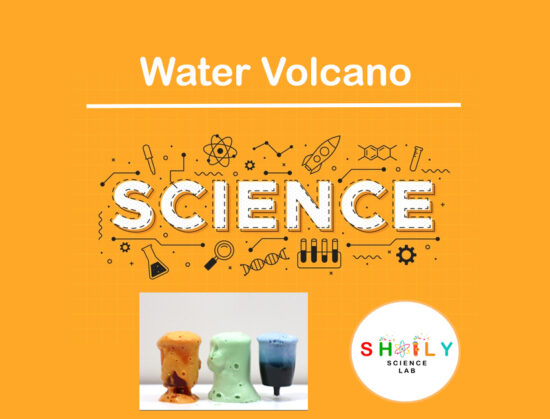

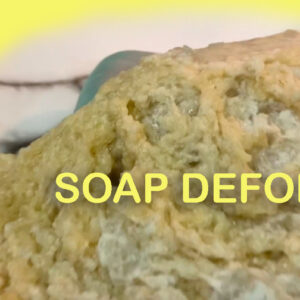
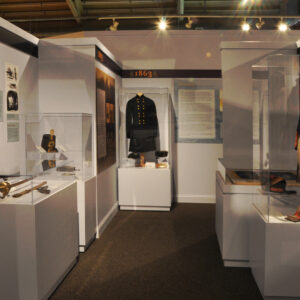
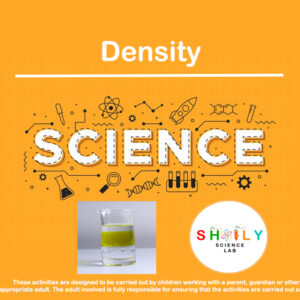
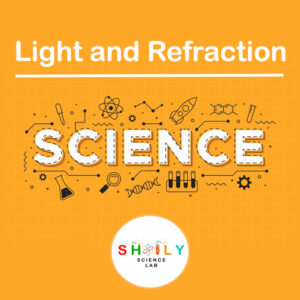

Reviews
There are no reviews yet.